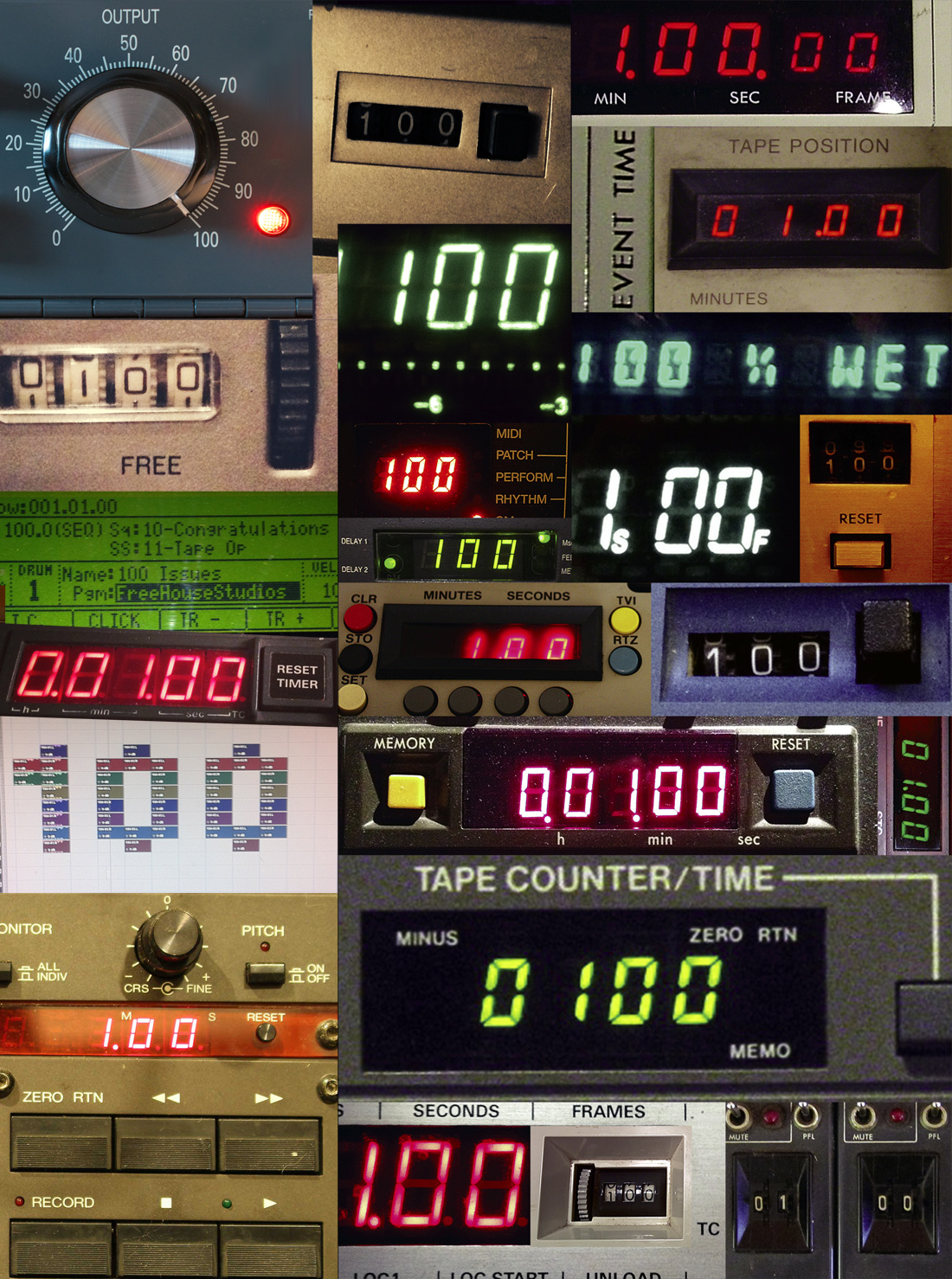Sterling Audio teamed up with legendary engineer/producer Allen Sides of Ocean Way Recording to create an affordable go-to FET condenser mic, the Sterling ST6050. Recently, I was lucky enough to try out a stereo pair of the large-diaphragm mic, which features a 1'' diameter, 8 micron thick, gold sputtered capsule; a FET preamp; and an output transformer - all hand assembled by Sterling Audio with quality control by Mr. Sides. The mic comes packaged in an oak box along with a foam windscreen (something I would never use, frankly) and a Neumann-looking shockmount. A Certificate of Authenticity bearing the signature of Allen Sides is even included with each mic.
In an interview with Harmony Central, Sides said he was looking to create a mic that carried the same sonic impact the Neumann U 47 fet carried in its day, but even more so. He also wanted each ST6050 to have a consistent sound quality so they could be used as a stereo pair. Finally, he wanted the price-point of the mic to come in at around $1000 USD.
I was curious to see if he succeeded in accomplishing the goal of consistent sound quality, so I set up both mics in stereo to record my Collings C10 acoustic guitar. One mic was aimed at the bridge, the other where the neck meets the body, and both mics were about 3 ft away. Rather than do a shootout with other mics as I've done often in the past, I decided to do a recording of one song using just the ST6050 mics through some clean Focusrite preamps - acoustic guitar, harmonica, electric guitar, percussion, and vocals. I took a couple of takes to get levels, and I loved what I heard in the headphones. While this test was far from scientific, the sound quality seemed nice and even to me.
For my next test, I recorded a counterpoint acoustic guitar rhythm using one of the mics a few feet away from the guitar. Then I recorded the same thing mono again using the other mic. Again, it sounded even and consistent. Even more importantly, I really liked what I heard, and later on during rough mixes, I forgot which of the two mics I had used on each guitar - because it just didn't matter. Since the maximum level the mic can handle is a hefty 134 dB SPL, I tried the mic on the speaker of my amp and recorded a loud Stratocaster lead just for kicks. Although I liked the heavily distorted guitar sound captured by the ST6050, I'm not going to use it in the final mix, as this folk song should be acoustic only. I also used the mic on harmonica, the egg (a shaker in the shape of an egg), a drumstick on a saucepan (I decided to go with a lot of organic percussion), and finally my vocals, lead and background. Since the mic picked up more in my voice than I care to reveal, I'll go back to my trusty Shure SM7B [Tape Op #36] for the final take, but the ST6050 worked out great for the background vocals. As for bass, I don't even own a bass amp. I'll go direct on that as usual. I know that Allen Sides recorded an acoustic bass for his own YouTube test recording, so it can definitely work.
While I don't use a condenser mic for everything, I had no problems recording the bulk of the song with the ST6050. It's a great all-around mic - much more versatile than others in its price range and even some that cost three times as much. The only specification that made me raise an eyebrow is the 17 dBA self-noise. I like to see self-noise come in under 15 dBA, but I can't say the mic sounded noisy at all, especially compared to my HVAC unit. But I'd be remiss if I didn't point out this one weakness. Enough said. For a street price of a penny less than a thousand dollars, the ST6050 can be your reasonably priced, go-to studio mic on vocals, acoustic instruments, percussion, guitar cabs, and anywhere else you'd use a large-diaphragm cardioid condenser mic.
($999.99 street; www.sterlingaudio.net)




_disp_horizontal_bw.jpg)